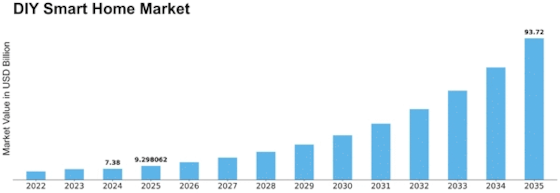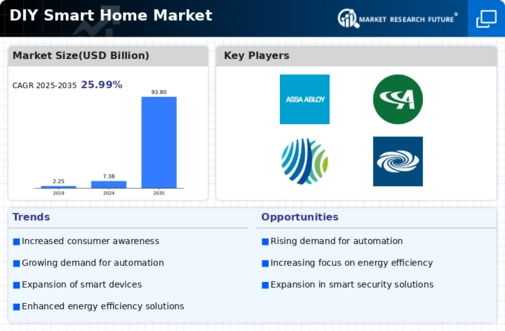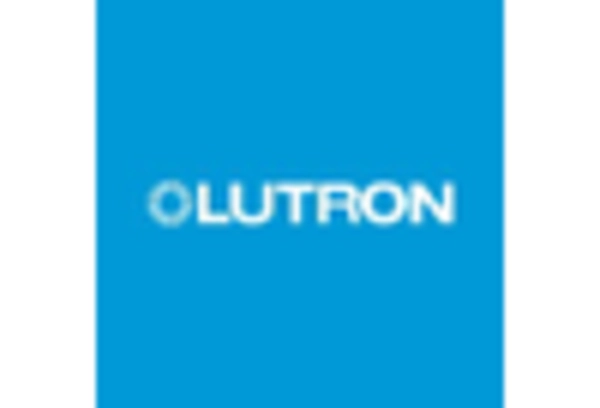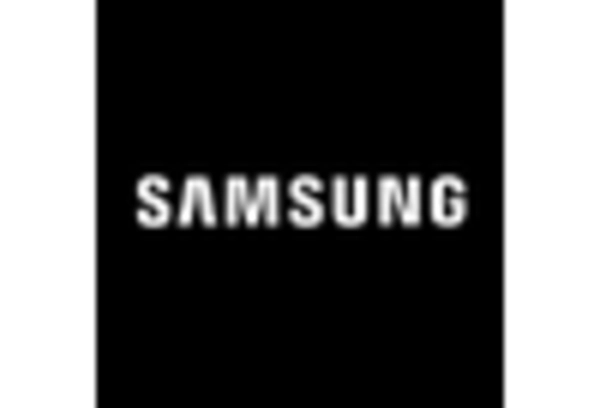Diy Smart Home Size
DIY Smart Home Market Growth Projections and Opportunities
Numerous market aspects impact the DIY smart home industry, which in turn shapes its growth and development. The growing affordability of smart home appliances is one of the main drivers of industry development. The cost of producing smart gadgets has fallen down as economies of scale and developments in technology have made them more affordable to a wider range of consumers. Widespread acceptance has been fueled by this affordability issue, especially among cost-conscious consumers looking to upgrade their homes with smart technology without going over budget. Consumer education and awareness are critical in the DIY smart home industry. The market for smart home appliances is expanding as consumers learn more about their features and advantages. In order to provide consumers the power to make educated decisions about their purchases, manufacturers and merchants fund educational campaigns that emphasize the benefits of do-it-yourself smart home solutions. This element is crucial for market expansion because it promotes a better comprehension of the value proposition that smart home technologies provide. One of the main forces influencing the DIY smart home industry is the spread of wireless connection and the Internet of Things (IoT). Smart home ecosystems are becoming more and more accessible to homeowners thanks to the growing number of Wi-Fi and Bluetooth-enabled gadgets. Thanks to this connectivity, consumers can monitor and operate their houses from a distance. It also facilitates smooth communication between equipment. Because wireless technology is so widely used, it has made it easier to integrate a variety of devices into a coherent and networked home environment, which has fueled the growth of the do-it-yourself smart home sector. Laws and government incentives also impact the market for DIY smart homes. Governments in certain areas encourage the use of sustainable and energy-efficient technology by providing tax breaks or other incentives, which incentivize customers to purchase smart home solutions that support environmental preservation. Regulations intended to protect the privacy and security of smart home appliances, on the other hand, might affect customer confidence and product development, which in turn can affect market dynamics.

















Leave a Comment